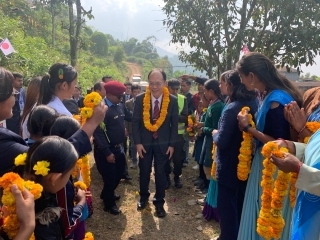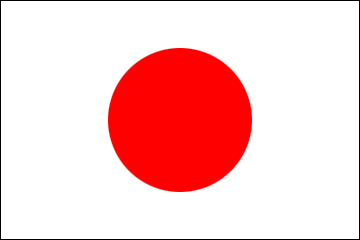Ambassador Kikuta's Interview: Kantipur (January 27, 2024)
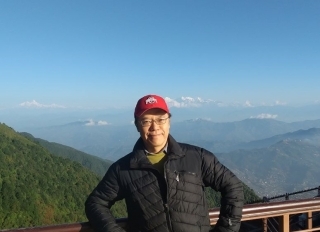
* The introduction in Nepali article, which states that Japan is supporting Nepal without any interest, is somewhat misleading and does not convey the Ambassador’s intentions properly. Japan obviously values friendship with Nepal, while at the same time Japan is interested in and expecting its development, democratic progress, and peace and stability, and has always delivered that message.
An Interview with H.E. Mr. KIKUTA Yutaka
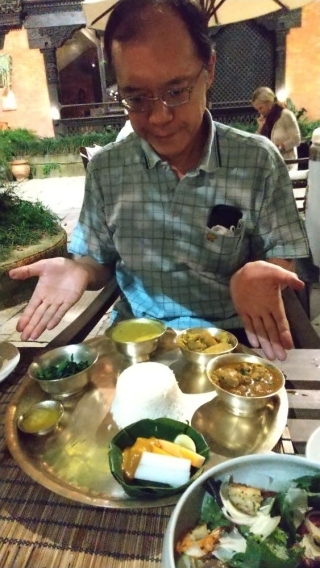
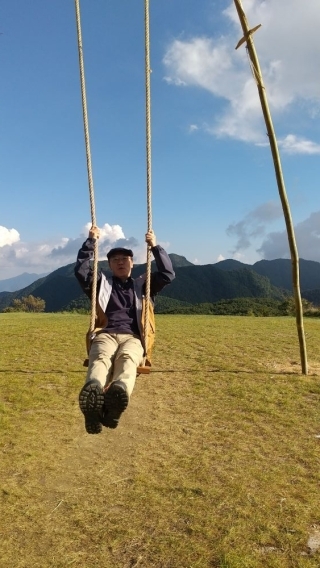
The relationship between Nepal and Japan is selfless. Japan is supporting Nepal without any interest, as a good friend. Diplomatic relations were established between the two countries on September 1, 1956. Nepal opened her Embassy in Tokyo in 1965. After two years, Japan also opened the Embassy in Kathmandu (*).
*Note: The Embassy of Japan in Nepal was established in 1968.
Since then, there has never been even the slightest crack in the friendly relations between the two countries. Japan is one of the major development partners of Nepal. Jagdishor Panday of Kantipur had a conversation with Mr. Yutaka Kikuta, Nepal based Ambassador of Japan, the country that supports and loves Nepal. Excerpts:
1. When you first came to Nepal? What is your take on its geography?
I came here for the first time in May 2005 in my official function as the Director in charge of Nepal in the Ministry of Foreign Affairs, Tokyo, but I went directly from TIA to the Multi Purpose Martial Arts Center (MMAC) to practice Kendo (Japanese Swordsmanship) with Nepali players. I was advised by a doctor in the embassy later not to do such a thing because of the risk of high-altitude sickness. Then I realized how high place Kathmandu is located on.I saw awesome Himalayan mountains from the airplane when coming but once landed I couldn’t see the mountains from Kathmandu because of fog and smog. Unlike my previous image, I learned air pollution was a serious issue in Nepal. The scenery of mountains, rivers, and forests resembles to that in my hometown Fukushima in Japan, but the beautiful blue Jacaranda in full bloom at that time were specialty in Kathmandu.
2. During your work in Nepal you have met many people. What is your take on the people of Nepal?
People are modest and friendly. I am fortunate to be an ambassador to Nepal. I was impressed to meet so many Nepalis who speak Japanese very well, including national staff in my embassy. My impression on Nepali people in general is that there are many similar but different organizations, working on their own networks, not united. It might be due to the diversity of this country.3. What is your take on Nepal's weather?
Weather in Kathmandu is fairly comfortable. The tourist season, however, is rather limited for foreign travelers because of long monsoon season in summer and long foggy season in winter. Japanese tourists have to carefully arrange their itinerary aiming at the festive season in autumn or flower season in spring.4. And what about the foods in Nepal? Which recipe do you like the most?
I like persimmons, chestnuts, rainbow trouts, and strawberries which are originated in Japan and brought into this country thanks to the strong bond of the people. Naturally I like those food as well as Nepal food. In addition to typical Nepal food such as Dal Bhat, Momo, and Chowmin, although I don’t know if I can call it a Nepal food, I like Tibetan Gyakok and Newari dishes. I like the shape and taste of Yomari. Ju Ju Dhau tastes excellent.5. What is your take on Nepal's customs?
I found a lot of similarity in Nepal people with Japanese in their customs. Respect for seniors, hospitality for guests, family values, modest nature, seasonal festivals thanking for the blessing of nature are only a few examples. I like to see Nepali join their palms in front of them when they say Namaste. Not so often as Nepali, but we Japanese also join our palms when we worship at temples and shrines.6. What is your take on Nepali festival? Have you celebrated Nepali festival?
Japanese Shinto is a kind of Shamanism, worshipping the nature. We the Japanese like to live together with the nature, not try to conquer it. We have a god of sun, a god of rain, wind, thunder, everything. We worship a tree, a rock, a mountain, any natural awe-inspiring objects as divine. In that sense, I can find a lot of similarity with the festivals in Nepal. Storied pagodas at Buddhist temples look similar. Festival music sounds similar. I think we the Japanese share a lot of spiritual value with Nepal people in common. I like Japanese festivals in autumn season to celebrate a good crop in the year with family. In that sense, I like Dashain festival here. In addition, since I once stayed in New Delhi as DCM, Hindu festivals like Holi and Diwali are familiar to me.7. Can you speak Nepali language, and do you know how many languages there are in Nepal?
Only the elementary level. I think I should have learned Devanagari letters (देवनागरी) more seriously while I was in India, if I knew I would be posted to Nepal in the future. The word order and lots of grammar, however, are the same with Japanese, so I can understand to some extent how the brain of Nepali is working while he/she is speaking and writing.I know there were 123 languages in Nepal according to the census in 2011, but the number is diminishing, many are in danger of extinction. Nepal people have to strike a difficult balance between the modernization of society and the preservation of traditional culture.
8. Do you listen to Nepali music? Is there any specific song which you like the most and why?
I can sing Sayaun Thunga Phulka Hami by heart. It well represents the diversity of this country. When Nepathya (नेपथ्य) made a very successful Japan tour last year, I was pleased to see Nepali residents in Japan, increasing their presence nowadays, got together, sang, danced, shouted, waving Nepal national flags at the concert halls.9. Are you aware of Nepali literature?
I know the famous names like Aadikavi Bhanubhakta Acharya (आदिकवि भानुभक्त आचार्य) or Mahakavi Laxmi Prasad Devkota (महाकवि लक्ष्मीप्रसाद देवकोटा), but it’s not possible for me as a foreigner to read their works in Nepal language. I was surprised when I read English version of poem collections “Curtain of Maya,” composed by the former Nepal ambassador to Japan H.E. Prativa Rana to find her humanity, not as a politician or a diplomat but as a sincere one person who think of her love and her nation, in the deep bottom of her heart. By the way, in reference to Mr. Bhanubhakta Acharya, do you know there is a folk story in Japan similar to Ramayana? In the story, the hero, together with a monkey and other animals, goes to an island to fight devils.10. Have you even watched a Nepali movie?
As I know the situation in this country around 2005, I watched the Black Hen (Kalo Pothi) with a heavy heart, thinking about caste system and “insurgency.” Among recent movies, Halkara (हल्कारा) is a heartbreaking story, reminding me of current exodus of migrant workers. Not necessarily a Nepal movie but there are many good movies made by Japanese and other movie makers filmed in Nepal. As the Ambassador of Japan, I should mention to My Love (Promise for Kathmandu), which depicted Japan’s rescue team in the Gorka Earthquake in 2015. I like Italian movie screened last year “the Eight Mountains (Le otto montagne),”in which the concept of Sumeru and other eight mountains plays an important role.11. How many places have you visited in Nepal? Can you tell your favorite destination?
The gardens in Ilam looked so beautiful. In Sarangkot Pokhara, I thought over His Majesty the current Emperor of Japan, when he was Crown Prince, visited the place and took photos of the Fishtail Mountain and village ladies. In 2005, I was given a carved wood plaque of the birth of Buddha. When I visited Lumbini last year and stood at the spot of his birth, I said to myself that I came here finally after 18 years.12. Lastly, what is your take on Nepal's art and culture?
Rather than commercialized dance shown for foreign tourists at fancy restaurants and hotels, I like to see local people dance and play music for themselves in festivals. The Peacock window in Bhaktapur and other wood carving works are amazing. Mithila Paintings are cute.By the way, though not an artistic sense of the word, do you know in a martial art world in Japan, there is a strong Nepali kickboxer named Abiral Ghimire (अबिरल घिमिरे)? Unfortunately, his ring name is Abiral Himalayan Cheetah but I don’t think there is a cheetah in Nepal. I guess a cheetah is more known to Japanese people than a snow leopard. Or maybe because his body is tall and thin, not like a roly-poly snow leopard. Anyway, when I see him beat a strong Japanese boxer, I feel nice.
